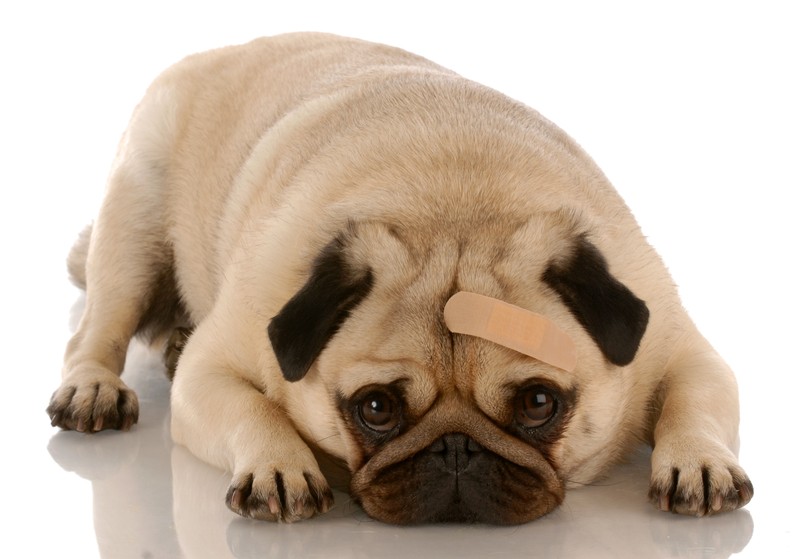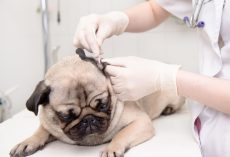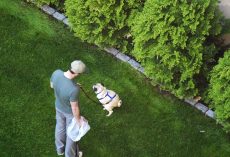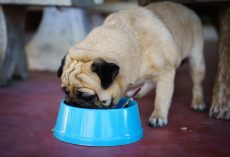Our dogs mean the world to us. That is why we want them to always be as healthy as possible. It is natural to be concerned if you find a lump on your dog. However, it doesn't necessarily mean the worst. All the things it could be may surprise you.
What You Need To Know About Finding A Lump On Your Dog Is:
A lump or bump on your dog may not always been a tumor. It could be cysts, warts, infected hairs, blisters or even just simply fat deposits under the skin. Here is more information about all the different types of lumps and bumps and how your vet goes about determining what it is.
Non-cancerous lumps
Cysts, warts, infected hair follicles, hematomas (blood blisters) and others do cause concern and can create discomfort for the dog, though non-cancerous lumps have less health impact than cancerous growths.Cancerous lumps
Malignant lumps tend to spread rapidly and can metastasize to other areas of the body. Benign growths tend to stay in the place of origin and do not metastasize; however they can grow to huge proportionsMammary gland tumors, mast cell tumors, cutaneous lymphosarcoma, malignant melanoma, fibrosarcoma and many other types of tumors command respect and diligent attention.
Diagnosis
Impression Smears
Some ulcerated masses lend themselves to easy cell collection and identification by having a glass microscope slide pressed against the raw surface of the mass. The collected cells are dried and sent to a pathologist for staining and diagnosis.Needle Biopsy
A needle biopsy is performed by inserting a sterile needle into the lump, pulling back on the plunger, and “vacuuming” in cells from the lump. The collected cells are smeared onto a glass slide for pathological examination.CT Scans
Superficial lumps and bumps do not require that CT Scans be done, so this procedure is usually reserved for internal organ analysis.Radiography
As with CT Scans, X-ray evaluation is generally reserved for collecting evidence of internal masses.Treatment
.Each case needs to be evaluated on its own circumstances and variables.
Surgery
An important basic tool in eliminating a nuisance or dangerous lump is to surgically excise it.Chemotherapy
Chemotherapy is often employed as an additional precautionary procedure after a mass has been “removed”.Radiation
For invasive tumors that do not have well defined borders and for tumors that tend to spread rapidly, radiation therapy can be a lifesaver.Experimental
Emerging science such as gene therapy and immunotherapy hold promise for some amazing ways to combat tumors.
When you find a lump or bump on your dog, it is scary. However, it could be many different things including cysts, warts, blood blisters and more. If it does turn out to be a tumor, it is important to remember that there are many different treatment options. This means that you and your vet may be able to come up with the best treatment plan for your dog. That way they can live happy healthy lives for as long as possible.
To learn more about lumps or bumps on your dog, please visit Pet MD.









